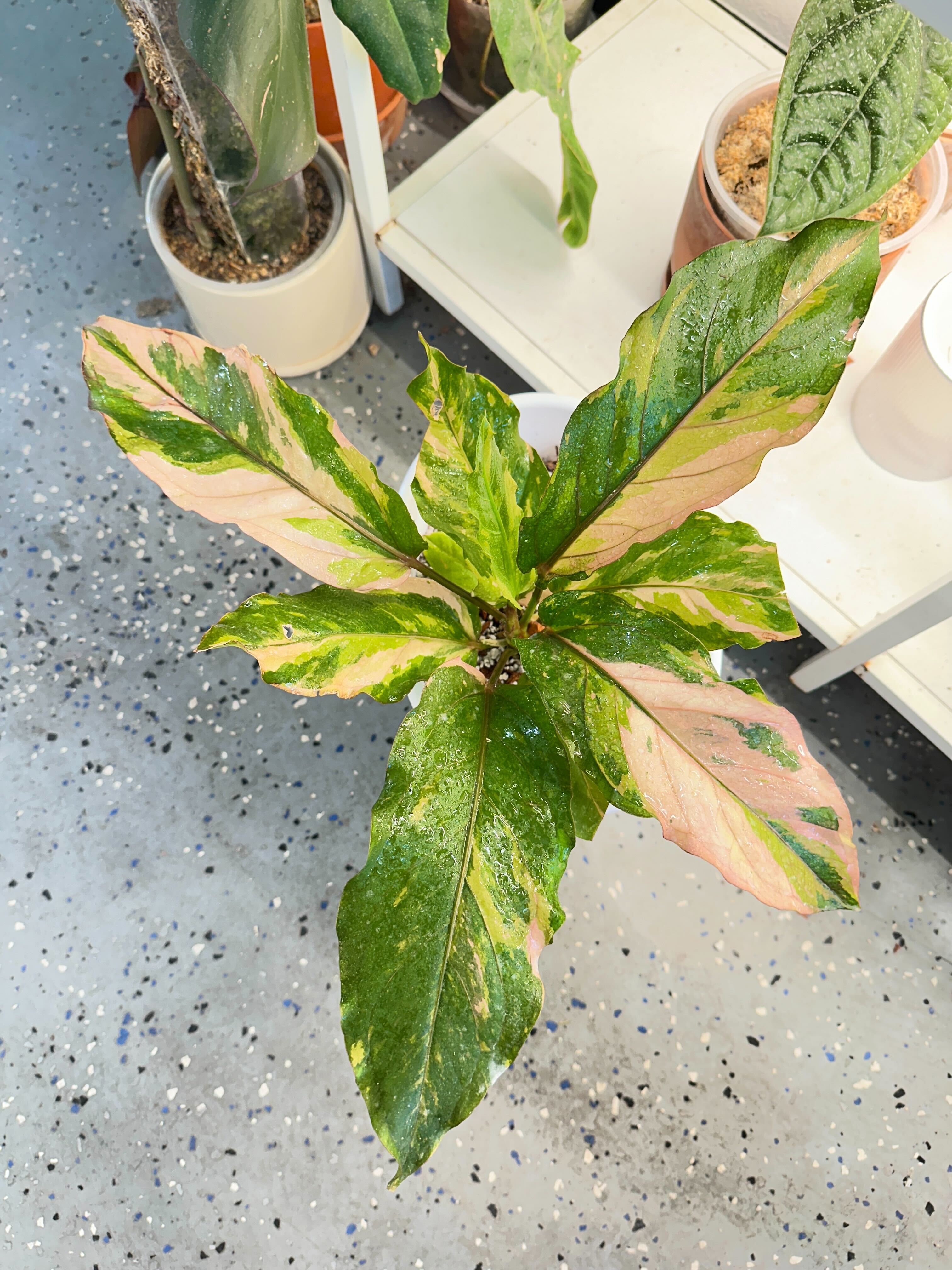How to Treat Stem Rot in Philodendron and Monstera: A Complete Care Guide

Are your Philodendron or Monstera stems turning black and mushy? Learn how to identify, treat, and prevent stem rot in your precious houseplants with this comprehensive guide. Save your dying plant with proven treatment methods that actually work.
Last month, I noticed something wasn't quite right with my beloved Monstera deliciosa. The stem had dark patches and felt mushy to the touch - classic signs of stem rot. After countless hours of research and some nerve-wracking plant surgery, I managed to save it. If you're dealing with the same issue, don't panic! Here's my tried-and-tested method for treating stem rot in Philodendrons and Monsteras.
What Causes Stem Rot in Philodendron and Monstera Plants?
Before diving into treatment, it's important to understand what causes stem rot. The main culprits are:
- Overwatering and poor drainage
- Bacterial or fungal infections
- Root damage
- Poor air circulation
- Planting too deep in soil
How to Identify Stem Rot in Houseplants
Look for these warning signs of stem rot:
- Dark brown or black spots on the stem
- Soft, mushy areas that give way when touched
- Foul, rotting smell
- Yellowing or wilting leaves
- Stunted growth
Step-by-Step Treatment for Stem Rot
1. Remove Infected Parts
First things first - you need to remove all the rotted parts. Grab a pair of sharp pruning shears (I use Fiskars), and:
- Cut away ALL rotted sections
- Make cuts 1-2 inches into healthy tissue
- Sanitize tools between cuts with rubbing alcohol
- Remove affected leaves and stems
2. Apply Emergency Treatment
After removing infected areas:
- Apply 3% hydrogen peroxide to the cuts
- Let everything air dry for about an hour
- Monitor the treated areas closely
3. Repot and Rehabilitate
Your plant needs a fresh start to recover. Here's how:
- Use new, well-draining potting mix
- Add extra perlite for drainage
- Choose a clean pot with drainage holes
- Place in bright, indirect light
Prevention Tips for Healthy Plants
Prevent future stem rot by:
- Monitoring watering frequency
- Ensuring proper drainage
- Maintaining good air circulation
- Using high-quality potting mix
- Regular plant inspections
Best Care Practices for Recovery
During the recovery period:
- Check daily for new growth
- Reduce watering frequency
- Use neem oil as preventive care
- Maintain optimal humidity
- Avoid fertilizing until new growth appears
FAQs About Stem Rot Treatment
Q: Can a plant survive stem rot? A: Yes, if caught early and treated properly, plants can fully recover from stem rot.
Q: How often should I water after treating stem rot? A: Wait until the top 1-2 inches of soil feels dry before watering again.
Q: What's the best potting mix to prevent stem rot? A: Use a well-draining mix with added perlite or orchid bark for improved drainage.
The Bottom Line
While stem rot can be devastating, quick action and proper treatment can save your plant. Remember - prevention is always better than cure. Keep an eye on your watering habits, ensure good drainage, and your Philodendron or Monstera will thrive.
Have you dealt with stem rot before? What worked for you? Drop a comment below - I'd love to hear your plant rescue stories!







Comments